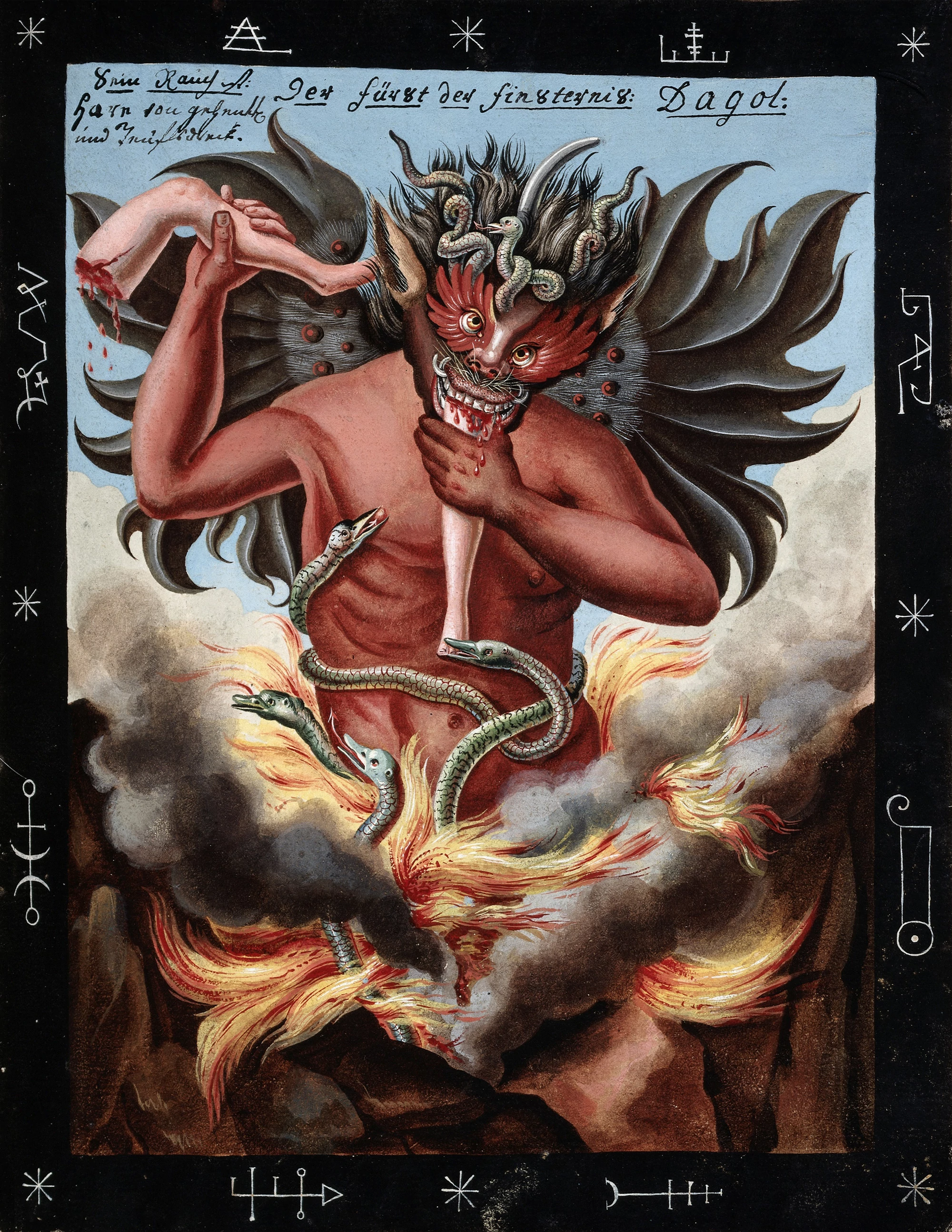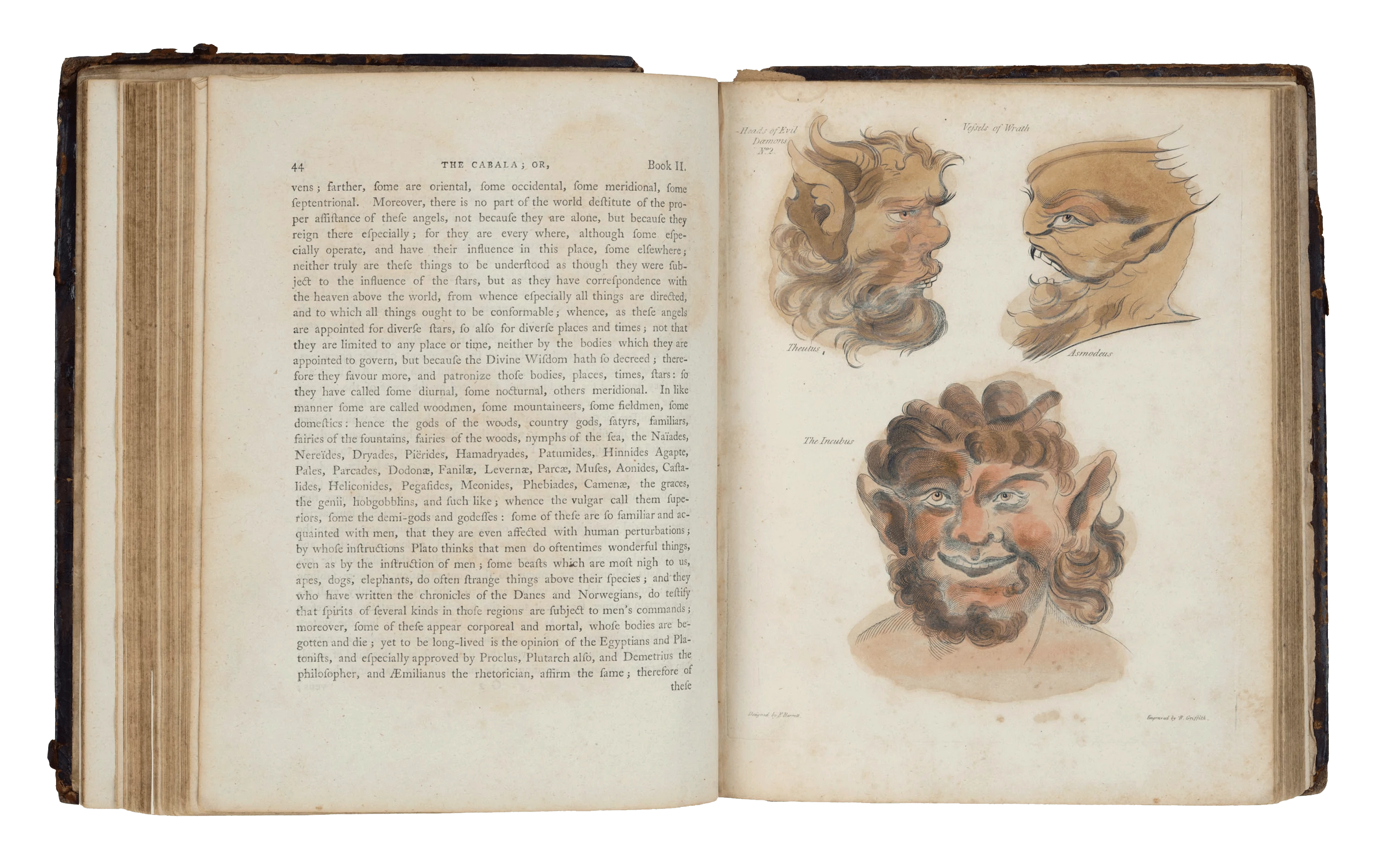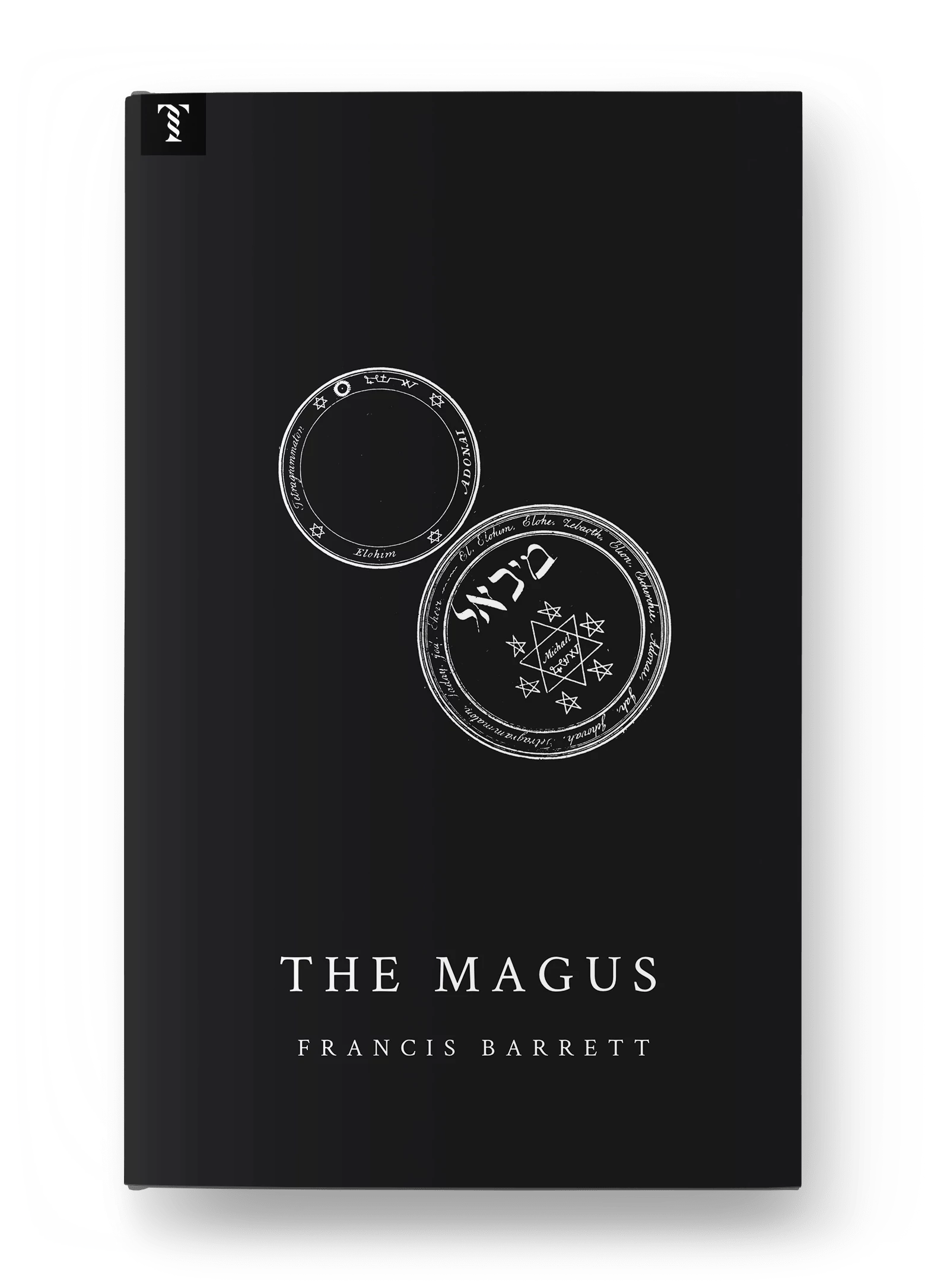Western Esoteric Art
The best truth is secret truth
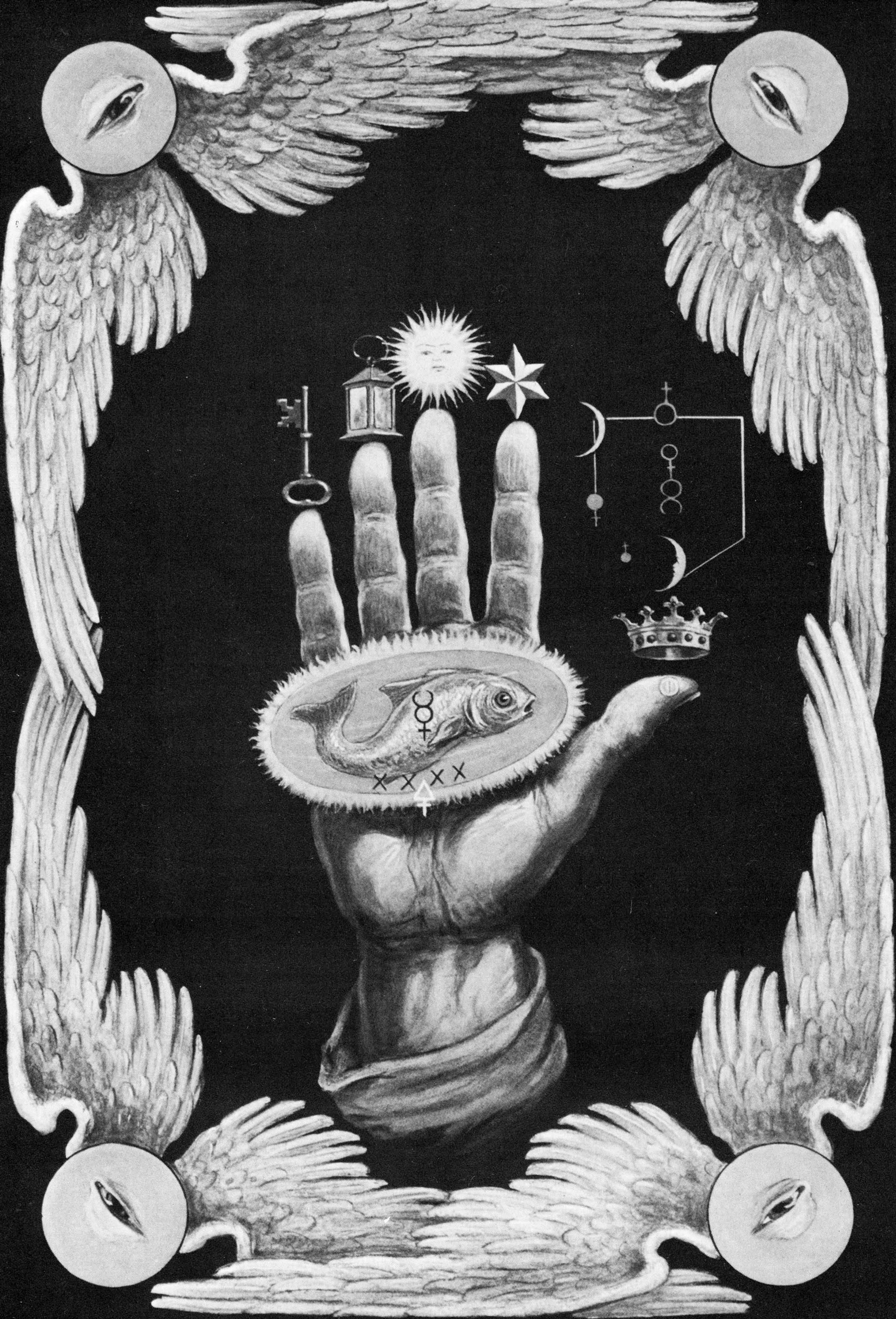

Art is a perfect vessel for containing secrets. While written information can be hidden in a cypher, hinted at in metaphor, or implied through conspicuous absence, a painting can encode meaning in the colors used, the composition of elements, the expression and gestures of the figures it contains, and in an endless catalog of esoteric visual symbols only understood by those initiated into the mysteries.
Western Esotericism is not a single cultural movement, instead forming a wide umbrella encompassing all of Western culture’s ‘rejected knowledge’ that falls outside of popular science and religion. It’s a mysterious and misunderstood family, including alchemy, astrology, theosophy, gnosticism, hermeticism, witchcraft, the occult and beyond. While disparate in their focus these disciplines are unified in their intense pursuit of unconventional knowledge, their outsider status and even persecution of their practices, and their use of visual art to explore, explain, and share with the initiate few centuries worth of investigation into everything from the creation of the philosopher’s stone, magic spells for love or invisibility, to the names and powers of the demons of hell to the nature of reality itself.
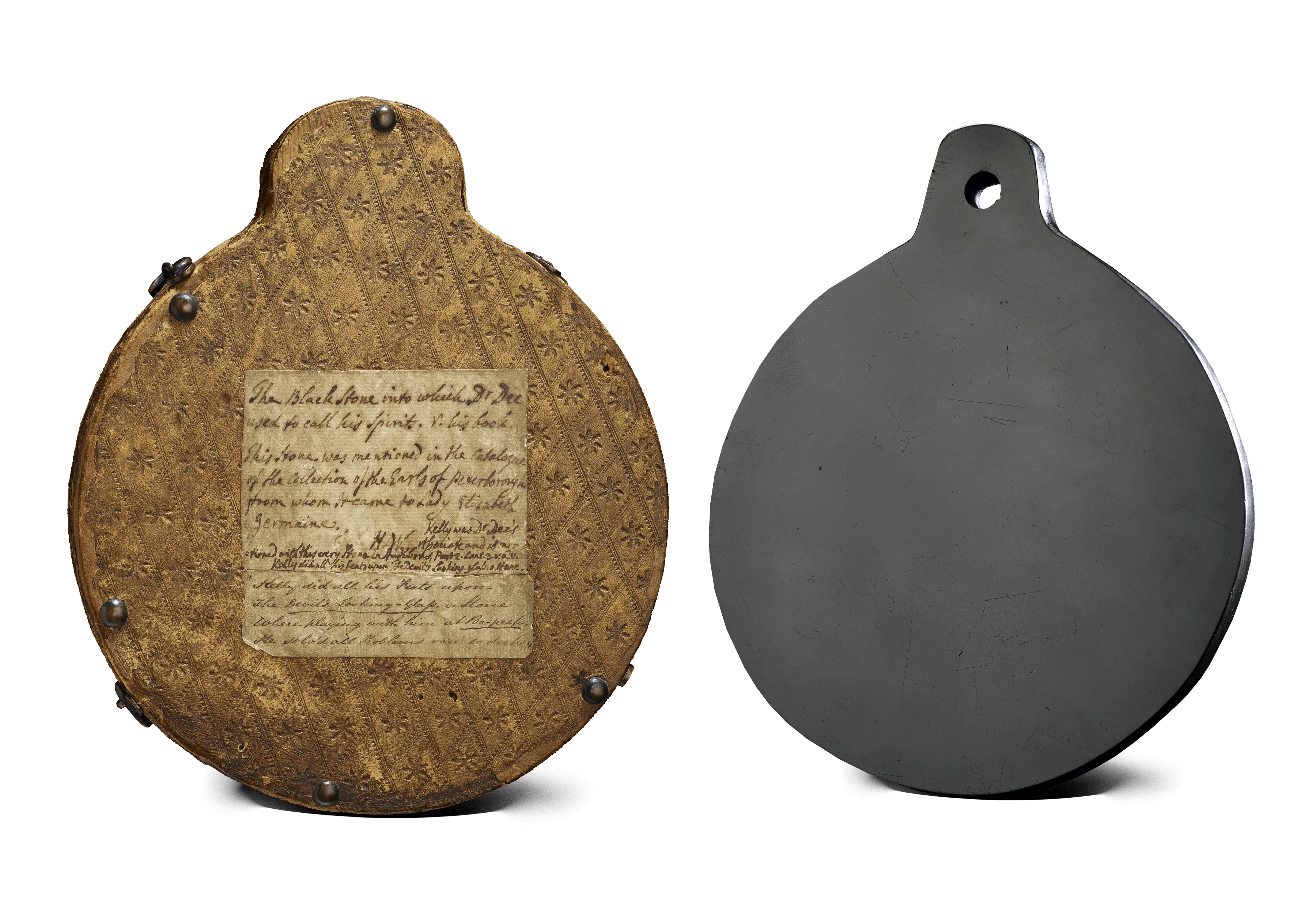
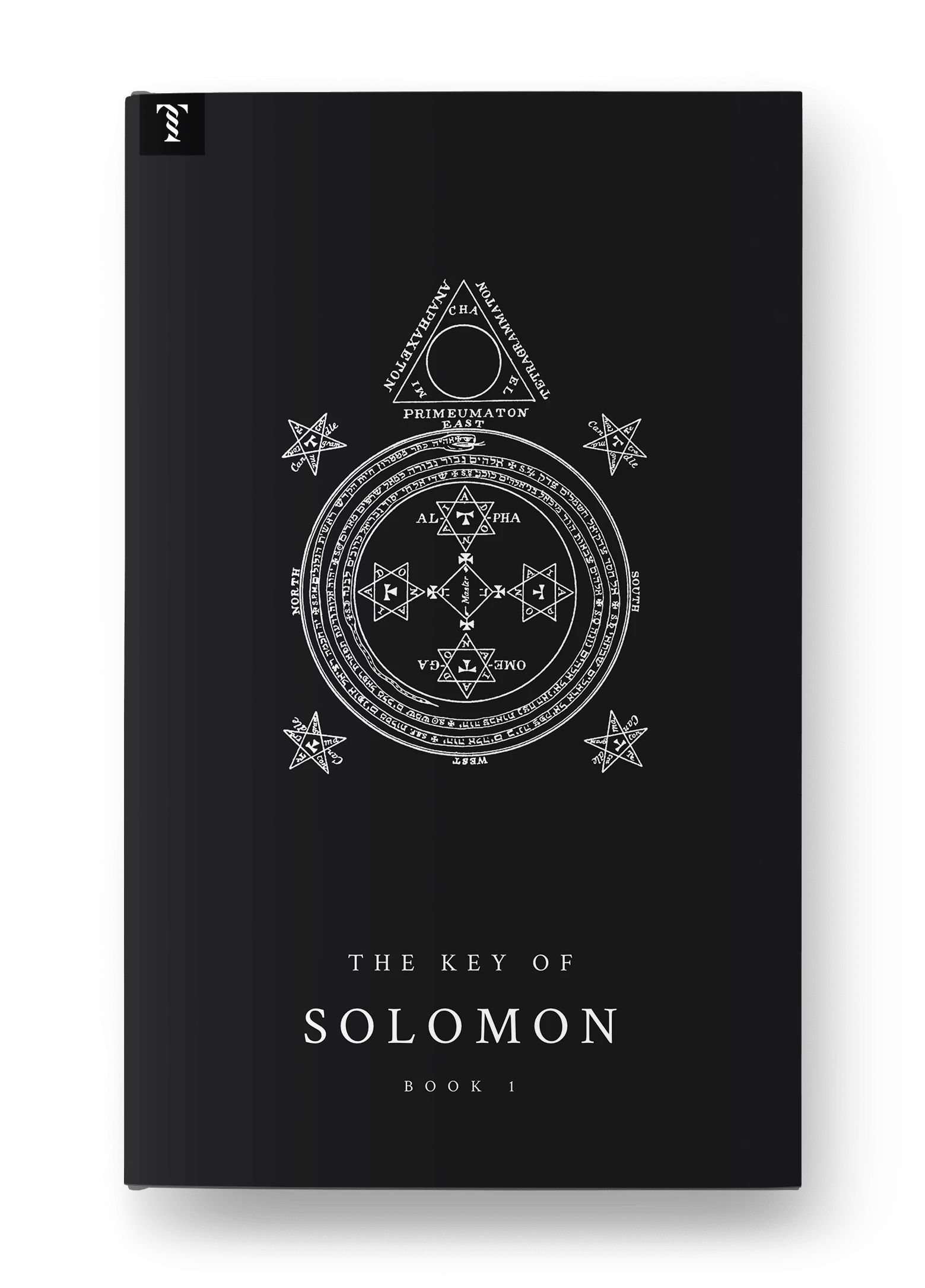
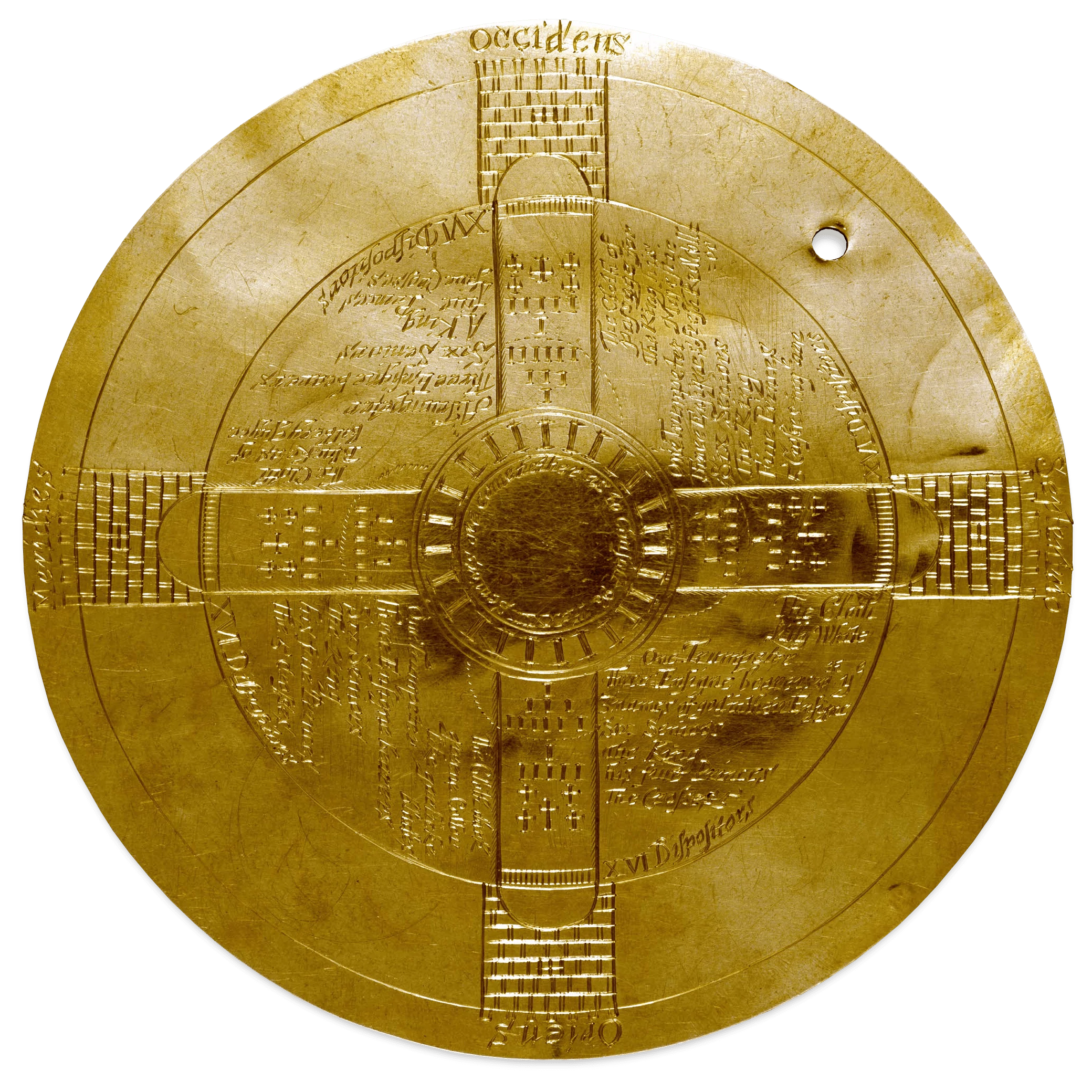
It is by the straight line and the circle that the representation of all things may be demonstrated.
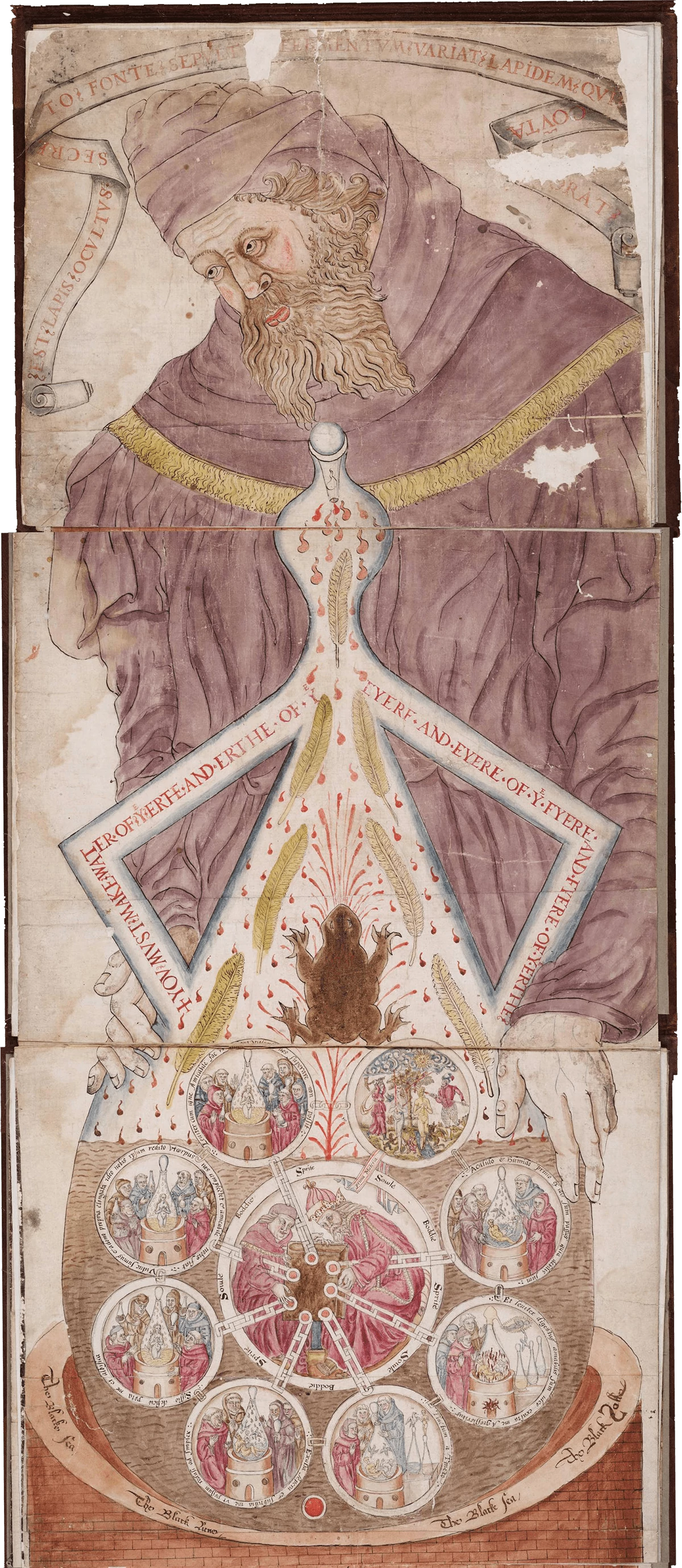

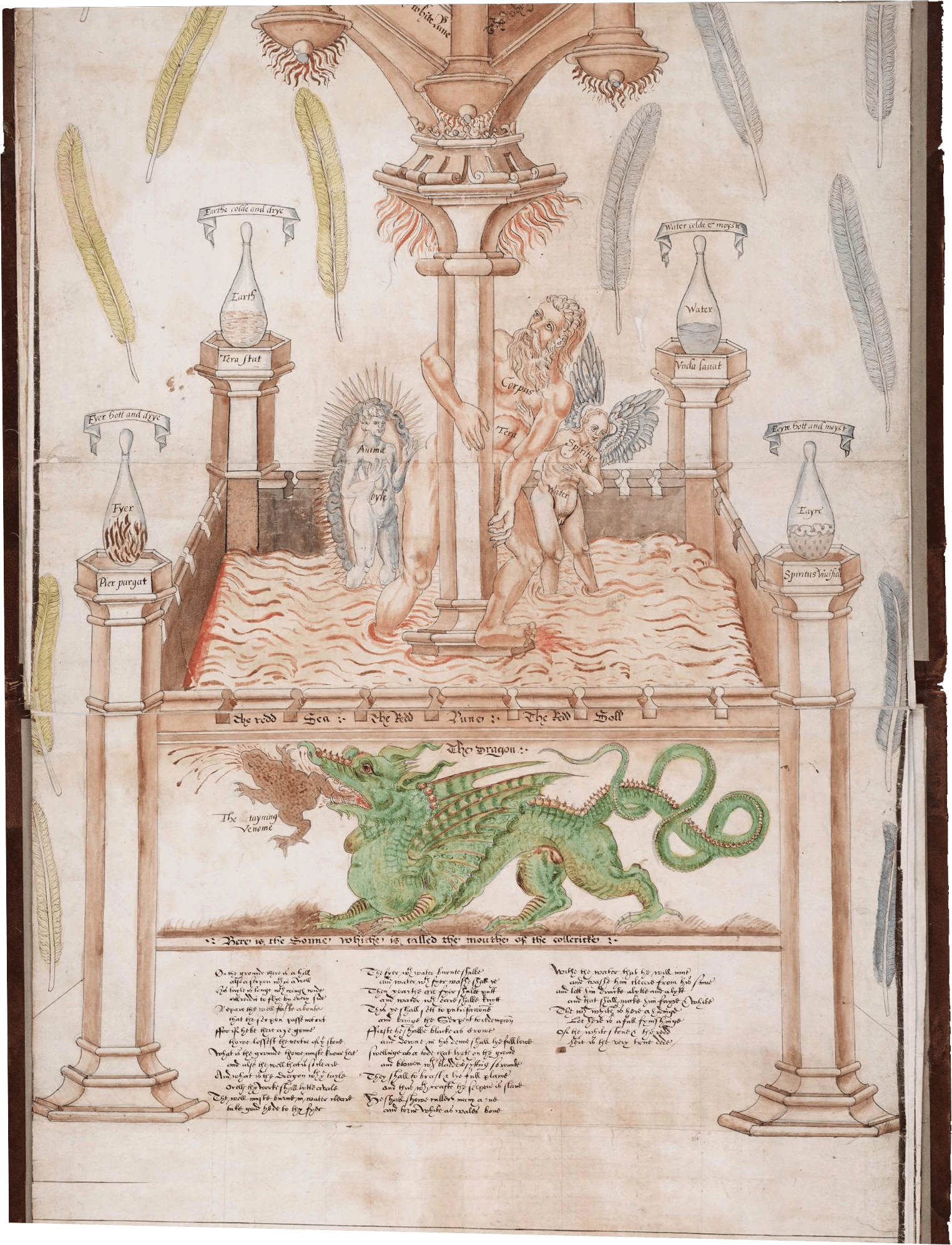
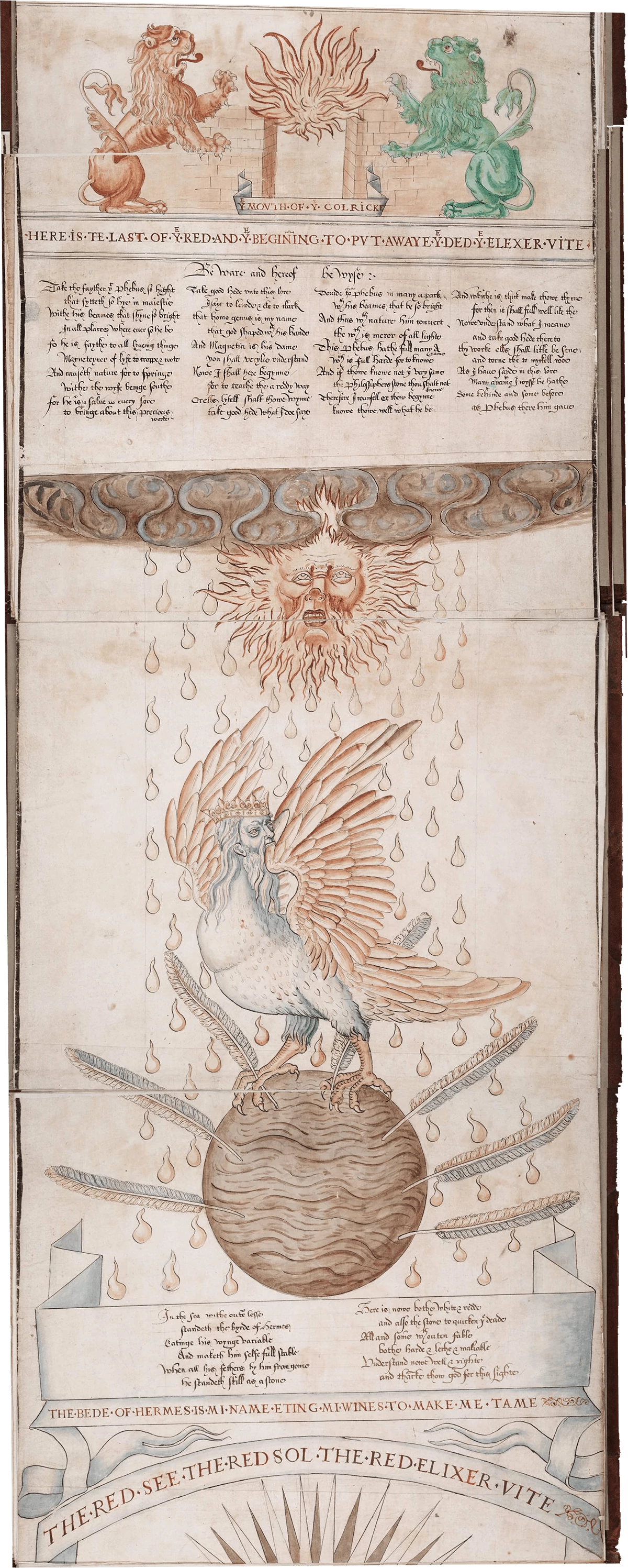
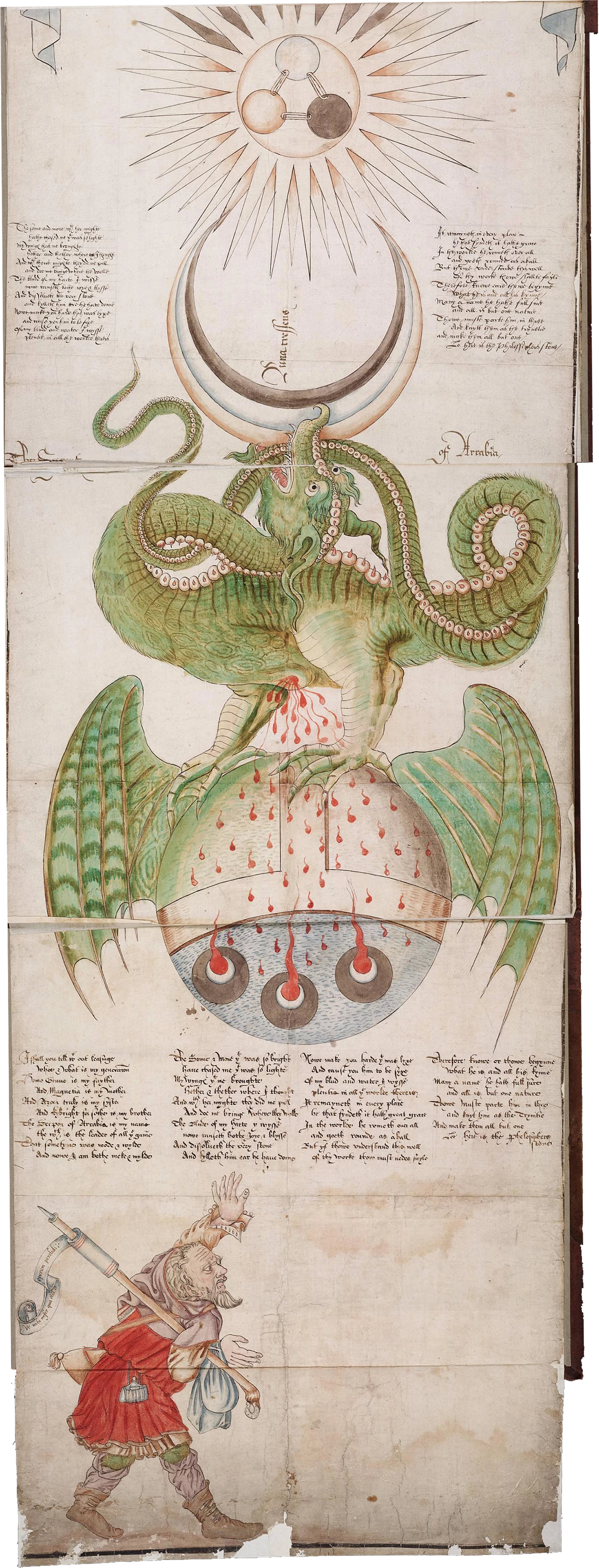
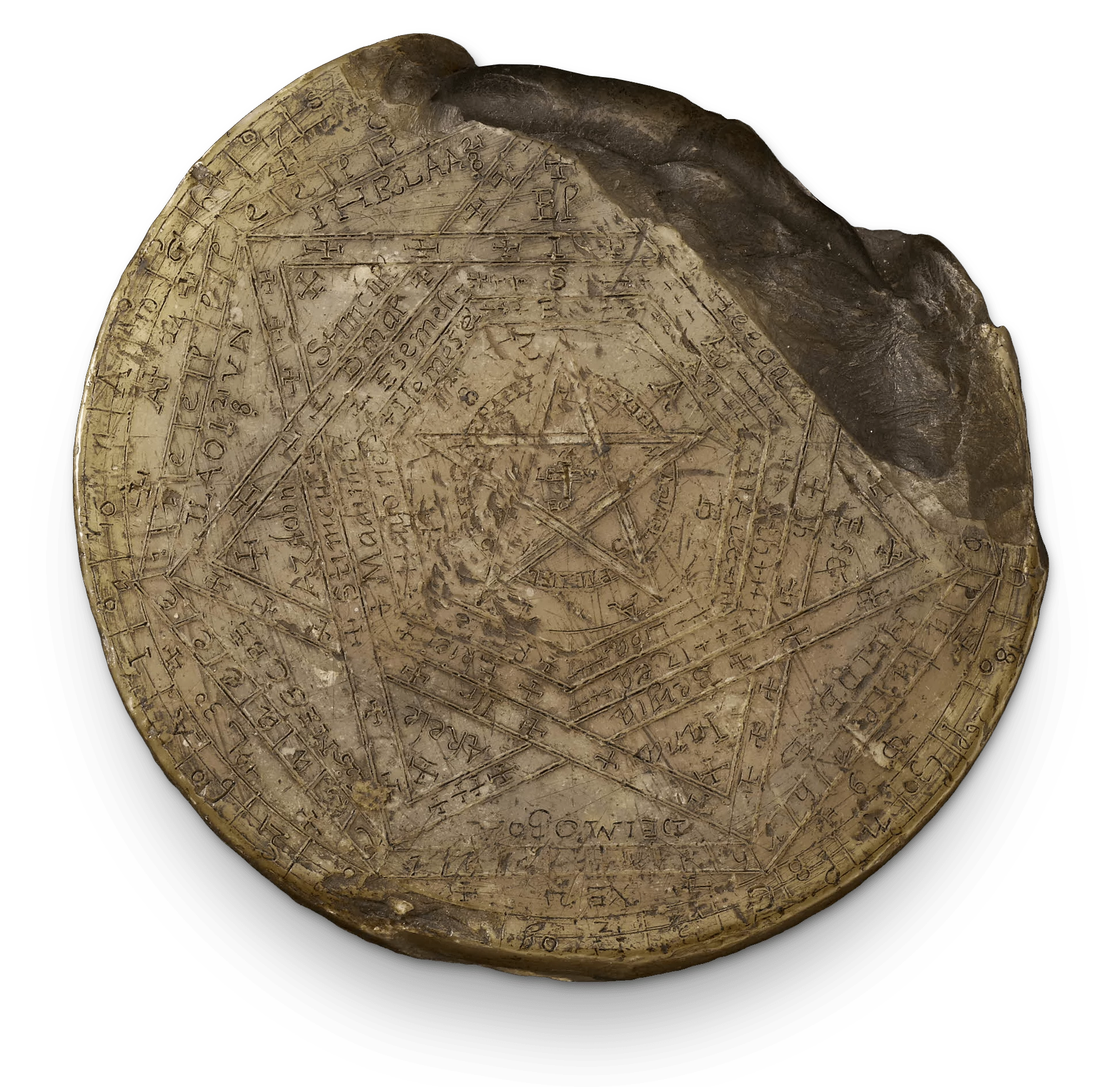
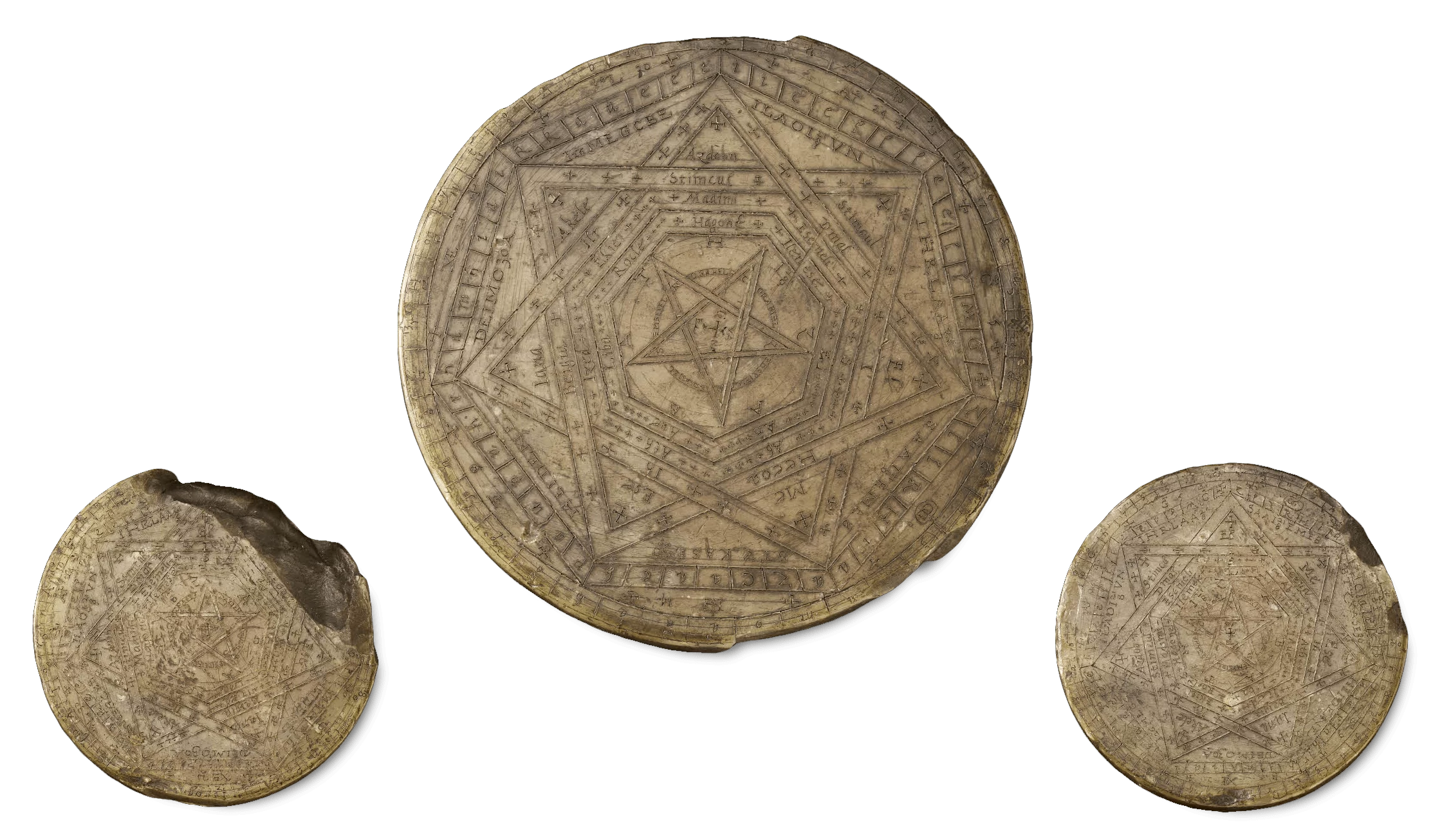




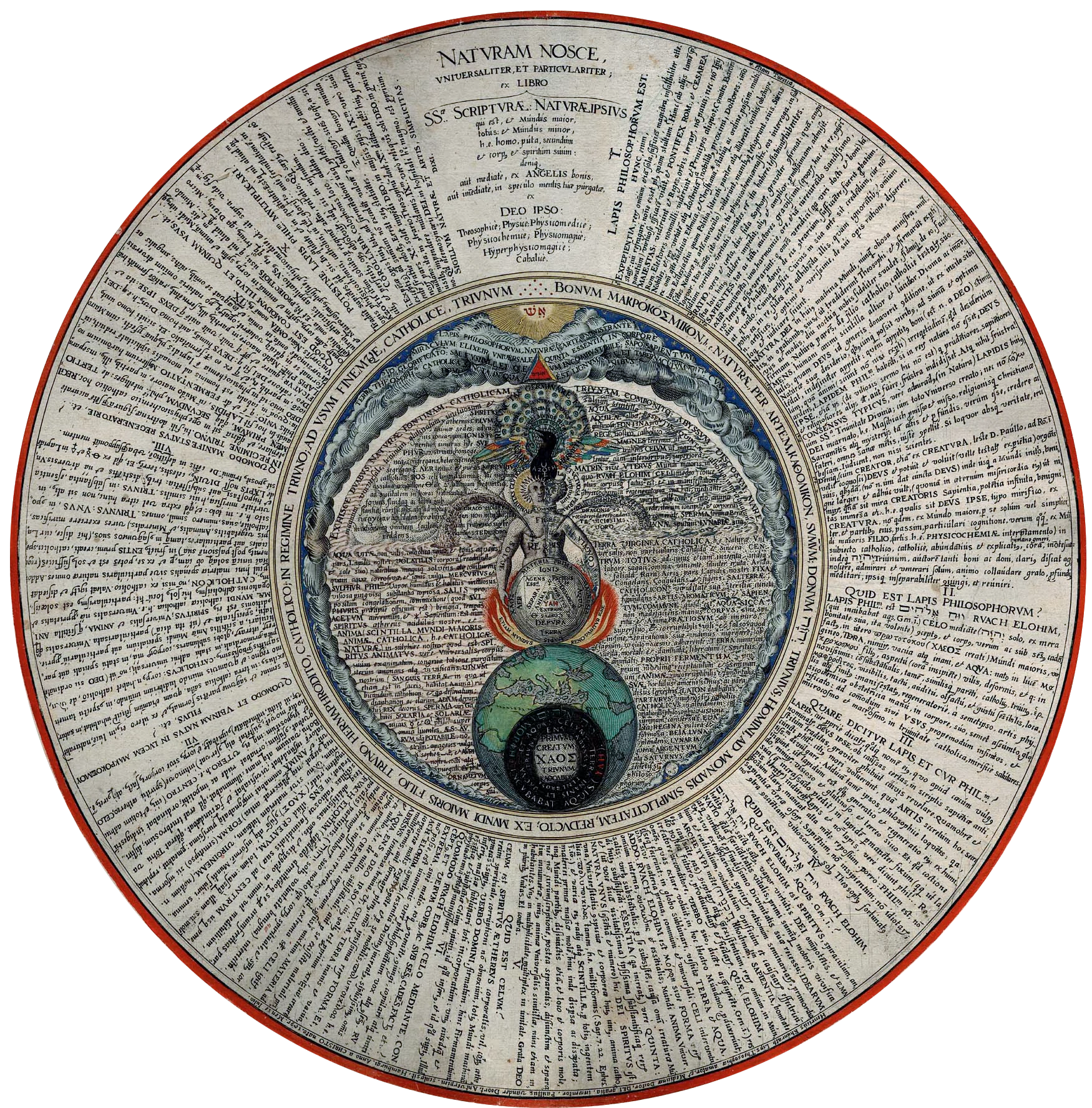
Therefore one day it will come to pass, that the mouth of those vipers will be stopped and the triple crown will be brought to nought
